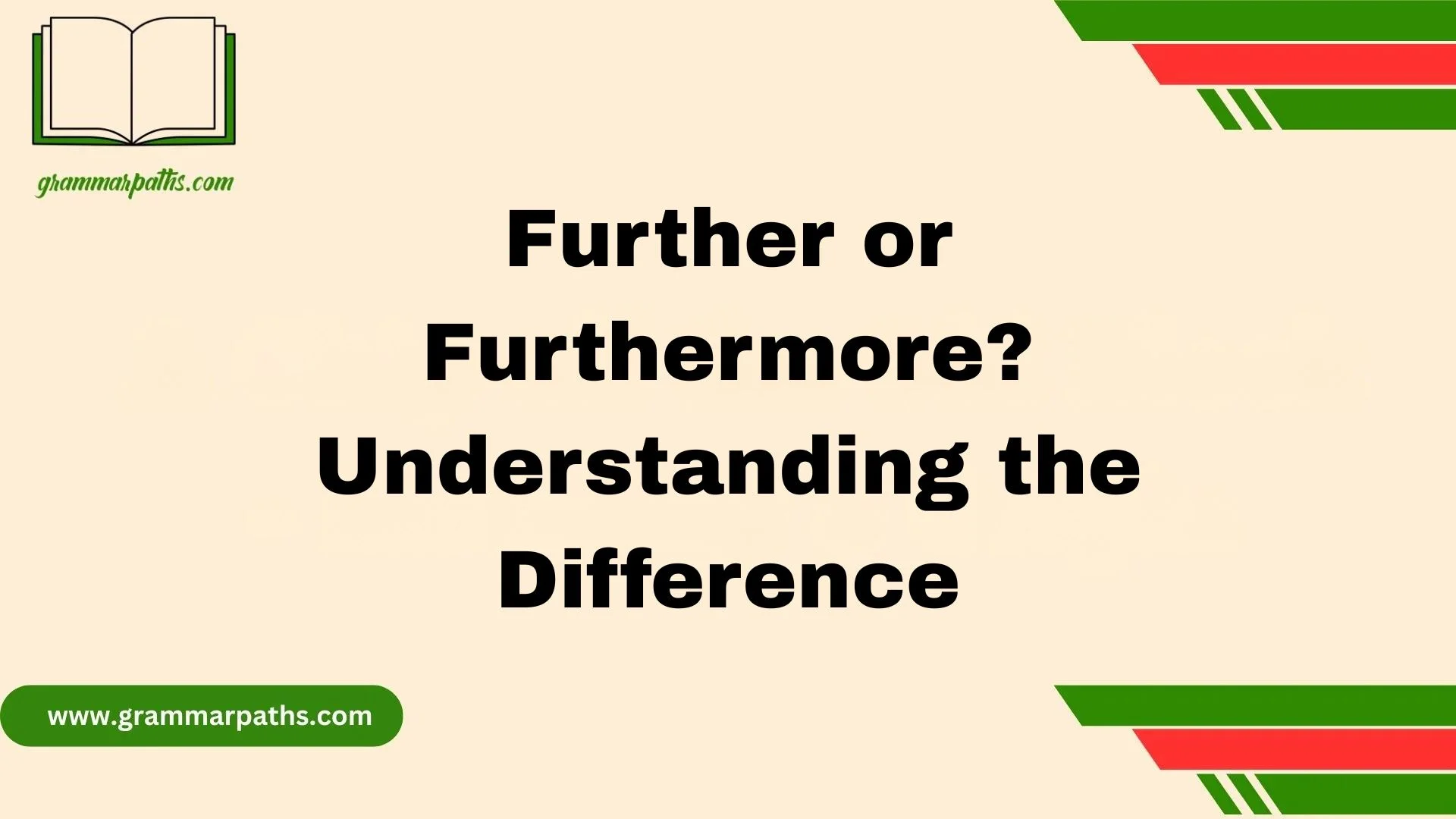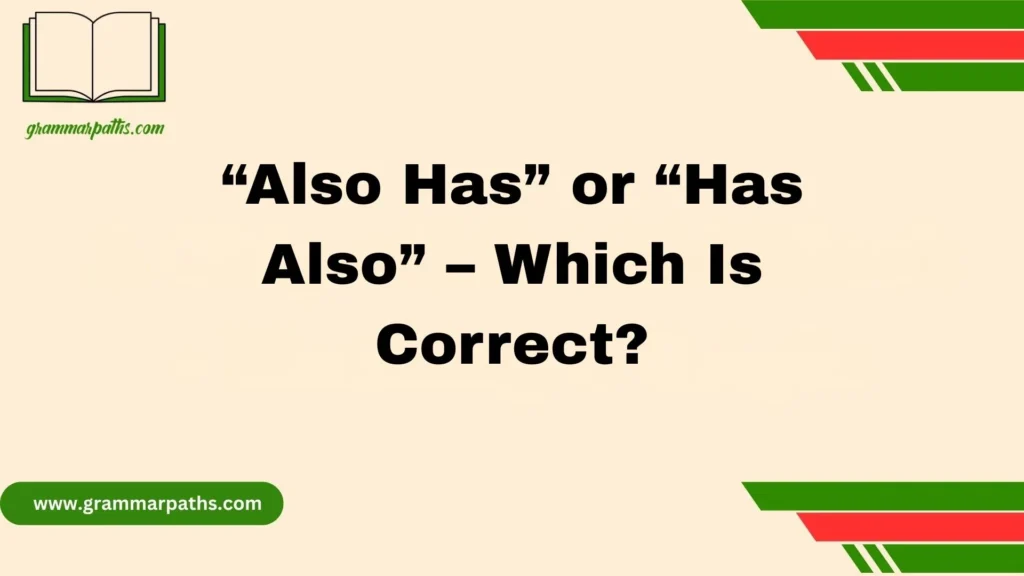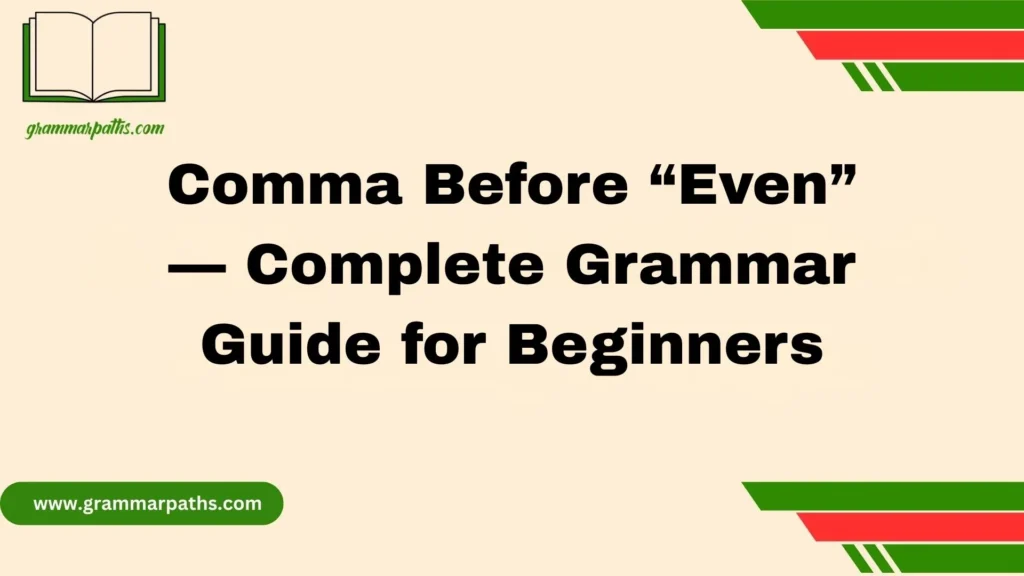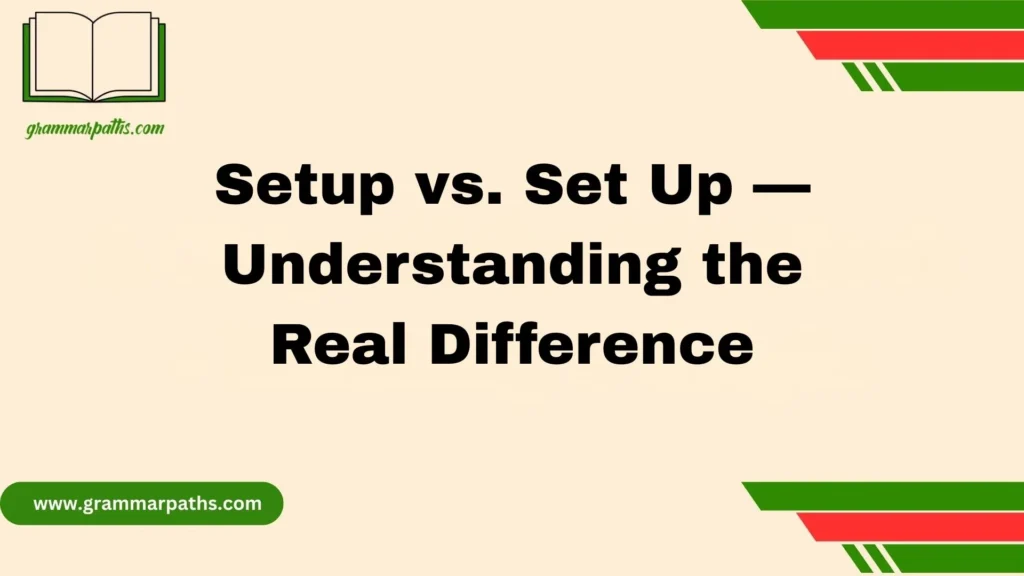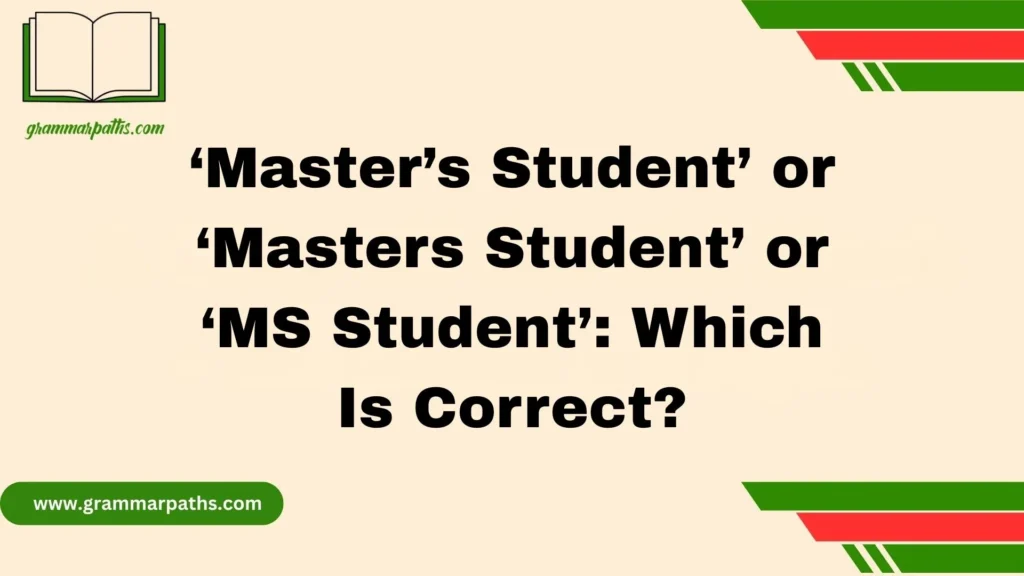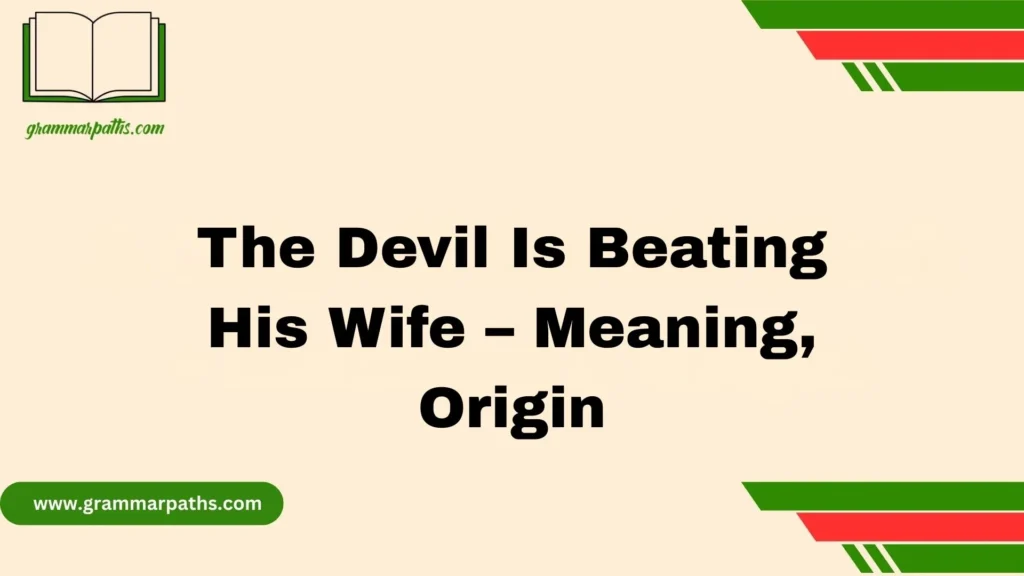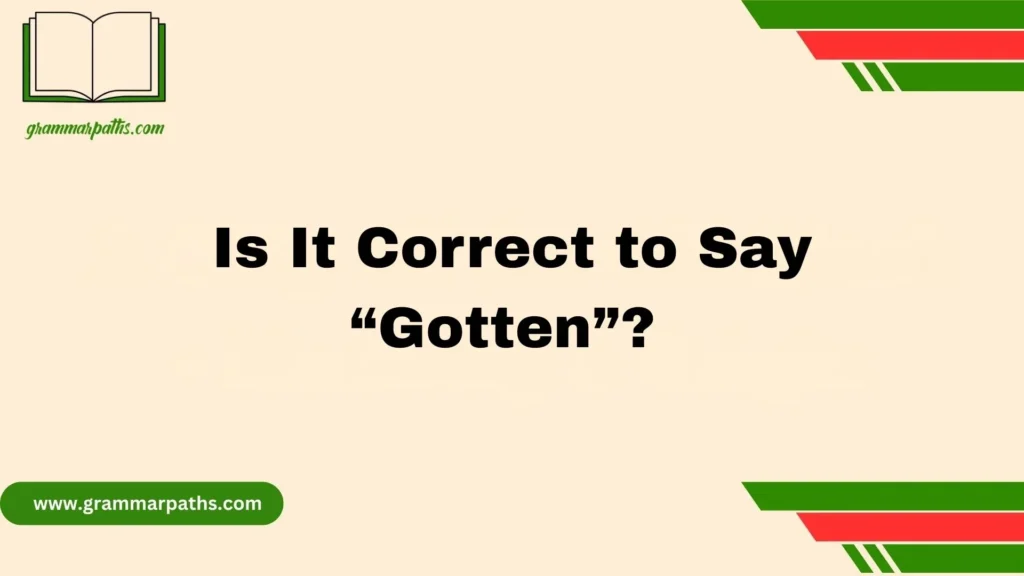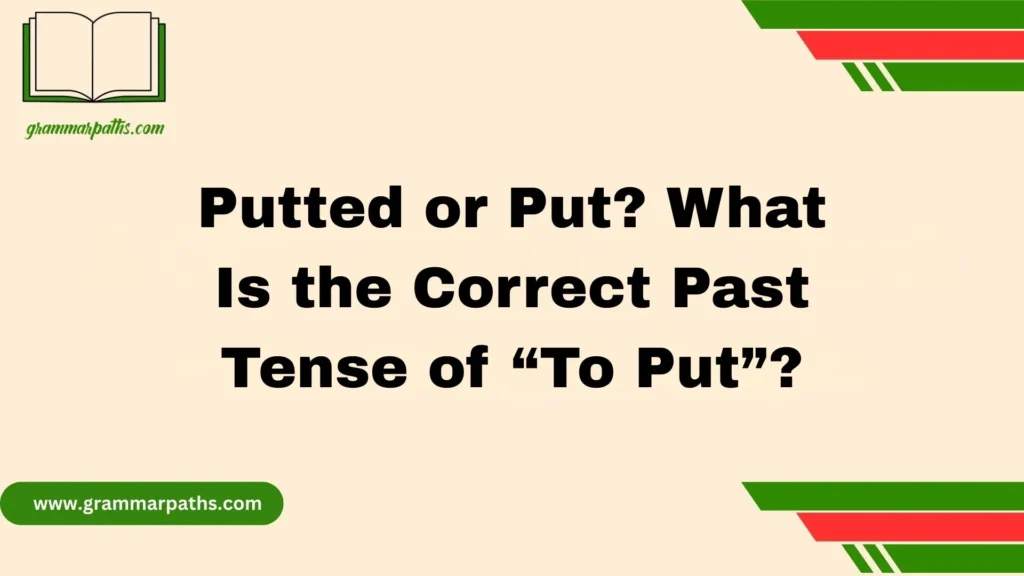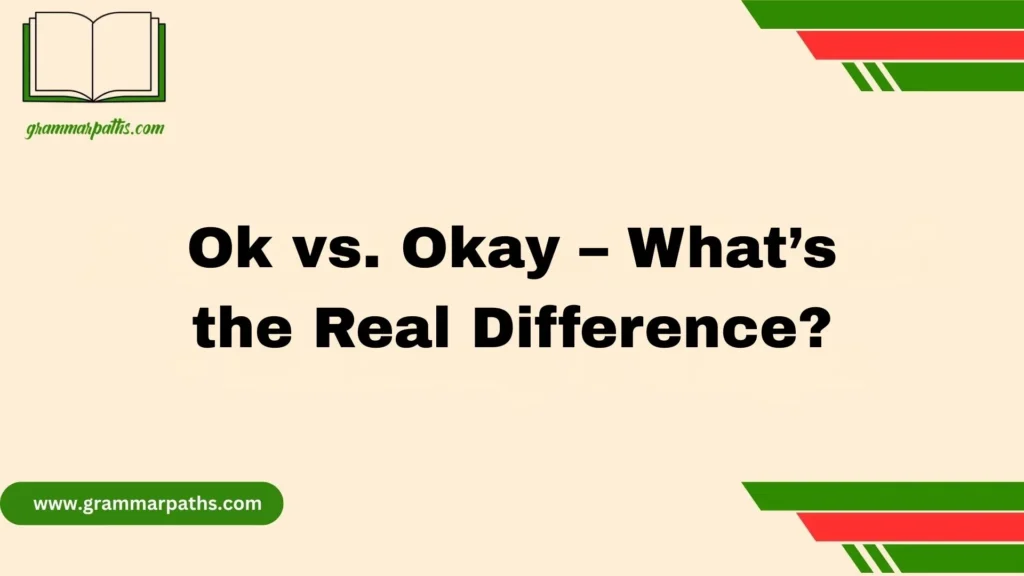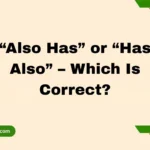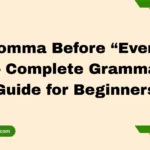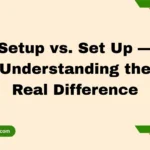When I first learned English grammar deeply, I was surprised to hear that there’s a clear difference between further and furthermore. Many people think they are interchangeable, but they’re not. The obvious truth is that each serves its own point in a sentence. Further is often used to add or extend a previous argument, while furthermore is used to introduce a new idea. I’ve noticed this glaring distinction when I write—further naturally fits in the middle of a sentence, whereas furthermore feels right at the start.
If you’ve already made one argument and want to introduce another, furthermore is the word you should choose. Further, on the other hand, helps in extending your point without jumping to something entirely new. Both words carry a sense of progression, though their functions differ. Let’s find out how this plays out in writing—even when two ideas are closely linked, the correct word choice makes your meaning clear and your flow smooth.
Why “Further” vs. “Furthermore” Confuses So Many
English is packed with words that look similar but perform different jobs. “Further” and “Furthermore” are perfect examples.
People often use them interchangeably because they both signal continuation — but one is a flexible word that can act as a verb, adjective, or adverb, while the other is a conjunctive adverb used strictly to connect sentences.
Take a look at this quick example:
- Correct: We need further evidence to support the claim.
- Correct: Furthermore, the data supports our conclusion.
- Incorrect: We need furthermore evidence to support the claim.
See the difference? “Further” describes evidence, while “Furthermore” connects ideas. It’s a subtle but important distinction — and mastering it will make your writing sound polished and professional.
The Core Difference Between “Further” and “Furthermore”
Let’s break it down clearly.
| Word | Part of Speech | Function | Tone | Example Sentence |
| Further | Adverb / Adjective / Verb | Adds depth, distance, or degree | Neutral | “We’ll discuss this further.” |
| Furthermore | Conjunctive Adverb | Adds a new point or piece of information | Formal | “Furthermore, the findings were confirmed independently.” |
In short:
- Further → Deepens an idea or extends something already discussed.
- Furthermore → Introduces new, supporting information to strengthen an argument.
Think of “further” as expanding your current thought, and “furthermore” as stacking on a new one.
How “Further” Functions in Grammar
“Further” is one of the most flexible words in English. It can be used as an adverb, adjective, or verb, each with a slightly different purpose.
As an Adverb
When used as an adverb, “further” means to a greater extent or more deeply.
Examples:
- She studied further to understand the concept.
- We’ll discuss this matter further next week.
Here, “further” modifies the verb — showing depth or extension of action.
As an Adjective
As an adjective, “further” means additional or more.
Examples:
- We need further clarification before proceeding.
- No further questions were asked.
It’s describing the noun that follows — similar to “more” or “additional,” but often with a formal tone.
As a Verb
“Further” can even act as a verb meaning to advance, promote, or develop.
Examples:
- The grant will further scientific research.
- She worked hard to further her career.
This use shows progress or advancement — something “furthermore” can’t do.
The Power of “Furthermore” in Connecting Ideas
Now, let’s move to “furthermore.”
It’s a conjunctive adverb — a fancy term meaning it connects one complete thought to another, adding more information or emphasis.
You’ll mostly find “furthermore” in formal, academic, and professional writing, where it functions much like “moreover,” “in addition,” or “besides.”
Examples:
- The new plan is cost-effective. Furthermore, it reduces environmental impact.
- He’s reliable and dedicated. Furthermore, his leadership skills are unmatched.
Notice how it links two separate but related ideas. It doesn’t describe or modify; it connects and enhances.
Quick tip:
If you can replace the word with “in addition” and the sentence still works — “furthermore” is likely correct.
Context Is Everything: Choosing the Right Word Based on Intention
The correct choice depends heavily on your goal and tone.
Here’s how to decide:
| Writing Context | Use “Further” When… | Use “Furthermore” When… |
| Casual Speech | You want to say “more” or “extra.” | Rarely used; sounds too formal. |
| Academic Writing | Expanding or specifying a point. | Adding another idea or argument. |
| Business Reports | Indicating progress or depth. | Introducing a supporting statement. |
| Emails | You’re clarifying something. | You’re connecting two ideas politely. |
Mini Flowchart:
If you’re adding depth, use further.
If you’re adding a new idea, use furthermore.
The Myth of Interchangeability
One of the biggest misconceptions is that “further” and “furthermore” mean the same thing.
While both extend ideas, their grammatical functions differ. Replacing one with the other can make your writing sound awkward or even incorrect.
Example 1 – Incorrect:
We require furthermore proof before making a decision.
✖ “Furthermore” can’t modify a noun like “proof.”
Example 2 – Correct:
We require further proof before making a decision.
✔ “Further” correctly acts as an adjective.
Example 3 – Correct:
The results were positive. Furthermore, the process was faster than expected.
✔ “Furthermore” properly connects two independent clauses.
Key takeaway:
They might share roots, but they’re not synonyms.
Sentence Placement and Flow
Where you place “further” or “furthermore” matters more than you might think.
Placement of “Further”
“Further” usually appears before the noun (as an adjective) or after a verb (as an adverb).
Examples:
- Further analysis is needed.
- We’ll investigate further before making changes.
Placement of “Furthermore”
“Furthermore” almost always appears at the beginning of a sentence or clause, followed by a comma.
Examples:
- Furthermore, the findings confirm earlier results.
- The study was comprehensive. Furthermore, it influenced policy changes.
Pro Tip:
Don’t bury “furthermore” in the middle of a sentence — it disrupts flow and sounds unnatural.
Common Errors and How to Avoid Them
Even advanced writers make mistakes with these two words. Here are the most frequent ones — and how to fix them.
| Mistake | Why It’s Wrong | Correct Form |
| He asked for furthermore details. | “Furthermore” can’t modify a noun. | He asked for further details. |
| We will furthermore investigate this matter. | Sounds unnatural — use adverb form. | We will further investigate this matter. |
| The report is thorough, further it’s accurate. | Missing transition; “further” can’t connect clauses. | The report is thorough. Furthermore, it’s accurate. |
Editing Tip:
If your sentence reads awkwardly aloud, it’s probably a placement or role issue.
Professional and Academic Writing Tips
When writing for formal audiences, the distinction between “further” and “furthermore” becomes even more important.
In Academic Writing
- Use “furthermore” to transition smoothly between research findings or arguments.
- Use “further” to specify depth or continuation within the same concept.
- Avoid overusing “furthermore” — alternate with “moreover”, “in addition”, or “additionally.”
Example:
The experiment yielded consistent results. Furthermore, the data supports the hypothesis that light intensity affects growth.
In Professional or Business Writing
- “Further” works perfectly in concise statements, reports, and emails.
- “Furthermore” is best reserved for formal proposals, policy reports, or executive summaries.
Example:
We appreciate your efforts. Furthermore, your timely response improved project delivery.
Case Study: Corporate Communication Example
Imagine a project update email:
Version 1 (Incorrect):
We need furthermore resources to meet deadlines.
Version 2 (Correct):
We need further resources to meet deadlines. Furthermore, we’ve identified three potential suppliers.
The second version reads naturally and shows professionalism — the first doesn’t.
Expanding Your Vocabulary: Synonyms and Alternatives
Sometimes, repeating “further” or “furthermore” can make your writing feel stiff. Let’s explore alternatives that fit different tones.
Synonyms for “Further”
| Meaning | Synonyms | Example |
| More / Additional | more, extra, added, supplementary | We need additional information. |
| To Advance / Promote | promote, boost, develop, progress | The policy aims to promote education. |
| To Extend / Continue | extend, expand, prolong | They expanded the research to cover more cases. |
Synonyms for “Furthermore”
| Tone | Alternative | Example |
| Formal | moreover, in addition, what’s more | Moreover, the evidence aligns with prior studies. |
| Neutral | also, plus, besides | Also, the new policy saves time. |
| Conversational | on top of that, another thing | On top of that, it’s easy to use. |
Practical Application: Real-World Examples
Let’s look at “further” and “furthermore” in real contexts.
Academic Example
- The data reveals a strong correlation. Furthermore, it suggests long-term environmental effects.
- Further analysis is necessary to confirm causation.
Business Example
- Further training will improve productivity.
- Furthermore, investing in employee education yields long-term gains.
Everyday Example
- If you need further help, please reach out.
- Furthermore, customer support is available 24/7.
Marketing Example
- Our new product is affordable. Furthermore, it’s built to last.
- We’re launching further updates next month.
These show how easily both words blend into different forms of communication — from academic tone to everyday conversation.
Quick Recap and Usage Table
Here’s a simple way to remember everything we’ve covered:
| Word | Function | When to Use | Example |
| Further | Adjective / Adverb / Verb | When you mean more, additional, or to advance something. | We’ll discuss this further. |
| Furthermore | Conjunctive Adverb | When you’re adding a new idea or supporting point. | Furthermore, the data confirms our prediction. |
Shortcut:
If it modifies or deepens — use Further.
If it connects or transitions — use Furthermore.
Conclusion
In short, understanding the difference between further and furthermore makes your writing sound clearer and more professional. While further helps you extend a previous argument, furthermore allows you to introduce new points naturally. Both have unique roles in a sentence, and knowing when and why to use each keeps your communication sharp and polished. Even though they might seem interchangeable, choosing the right one shows attention to detail and strong command of English.
FAQs
Q1: Can I use “further” and “furthermore” in the same sentence?
Yes, but it’s rare. You might use further to add detail within a sentence and furthermore to start a new idea in the next one.
Q2: Is “furthermore” too formal for casual writing?
A bit. Furthermore fits better in essays, reports, or formal speech. In everyday writing, further or “also” often sounds more natural.
Q3: Are “further” and “moreover” the same?
They’re similar but not identical. Moreover usually emphasizes an additional strong point, while furthermore adds information in a smoother, more neutral tone.
Q4: When should I avoid using “further”?
Avoid it when you mean physical distance and your topic is abstract. For example, say “Let’s discuss this further” (abstract), not “Let’s go furthermore down the road” (incorrect usage).
Q5: How can I remember the difference easily?
Think of further as “adding more to what’s said,” and furthermore as “adding something new.” This small mental trick helps you pick the right one instantly.
References and Additional Reading
- Merriam-Webster: Definition of Further
- Cambridge Dictionary: Furthermore
- Grammarly Blog – Commonly Confused Words
- Oxford English Dictionary: Usage Guide

Emma Brooke is a passionate language expert and contributor at GrammarPaths.com, where she helps learners navigate the complexities of English grammar, idioms, and effective writing. With a strong academic background and years of teaching experience, Emma excels at turning tricky grammar rules into simple, practical lessons that readers can easily grasp.
